Discover everything you need for successful mushroom cultivation with our Mushroom Log Growing Supplies! From high-quality mushroom plug spawn and inoculation kits to essential tools like dowel drill bits and wax daubers, we have you covered. Enjoy fresh, gourmet mushrooms right from your backyard and embrace the rewarding experience of growing fungi on logs. Shop now to start your mushroom-growing journey!
Showing 1–20 of 59 resultsSorted by popularity
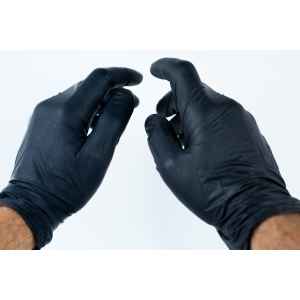
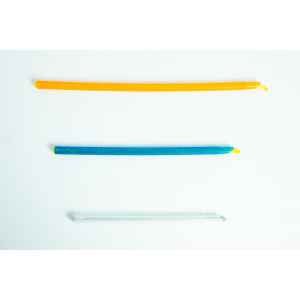
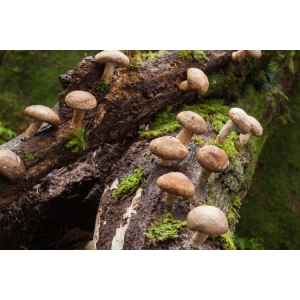
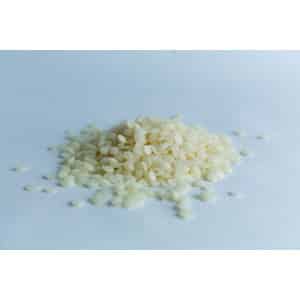
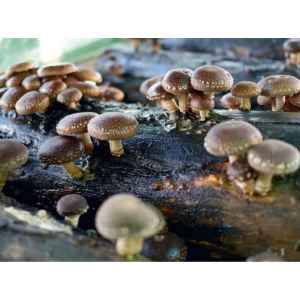
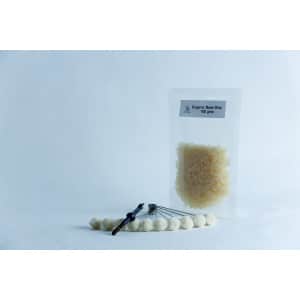
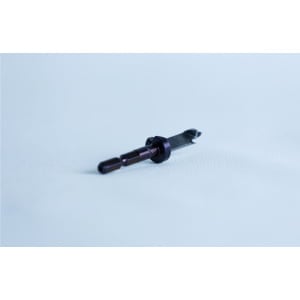
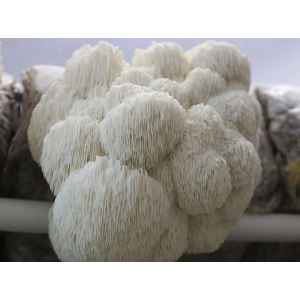
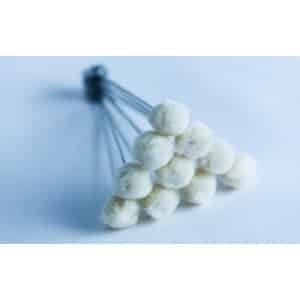
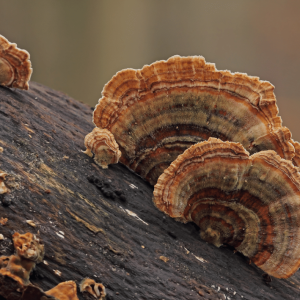
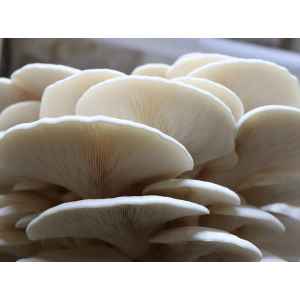
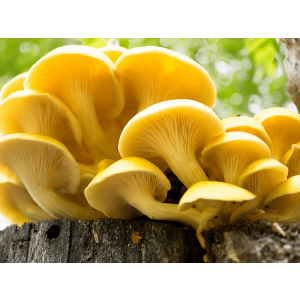
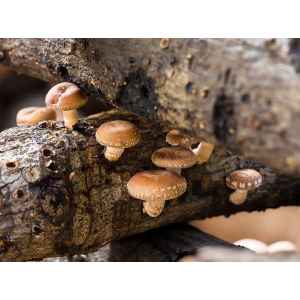
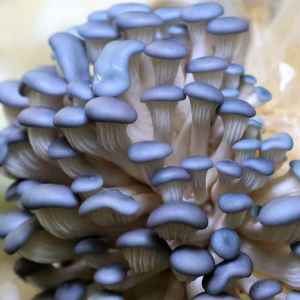
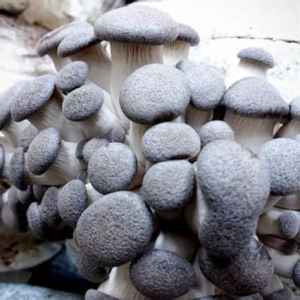
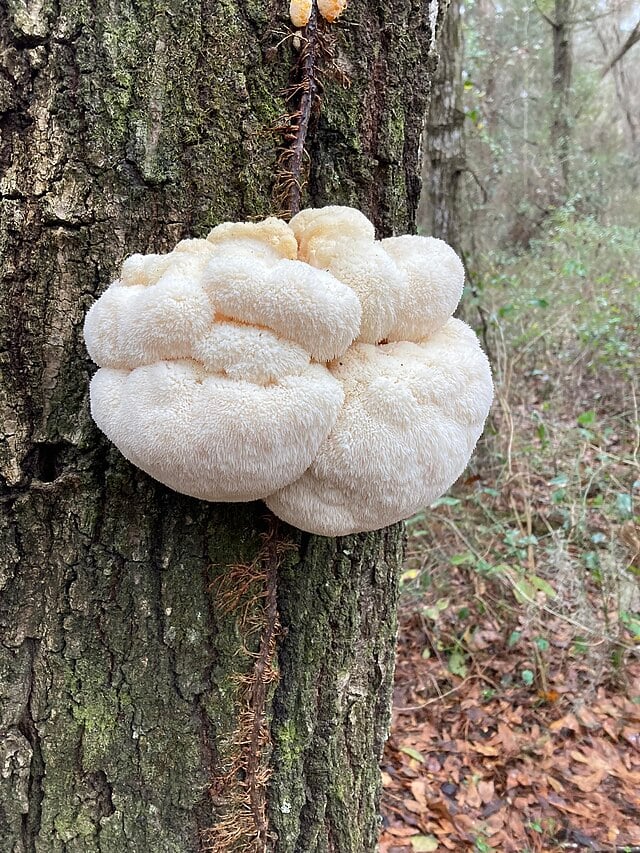
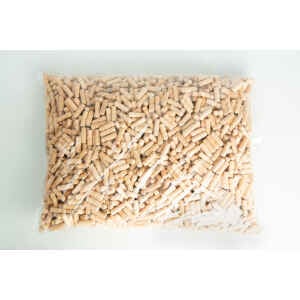
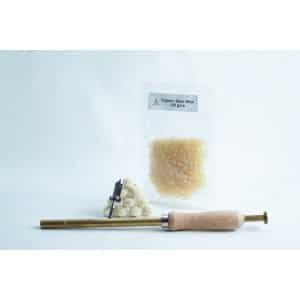
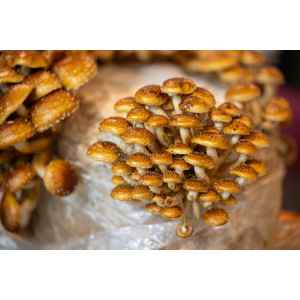
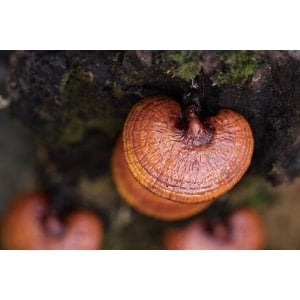
Growing mushrooms on logs is a natural and sustainable way to cultivate gourmet fungi in your backyard. This method closely mimics how mushrooms grow in the wild and offers a long-term, low-maintenance solution to mushroom farming. Among the different species, Shiitake mushrooms are the most commonly grown using this technique. With the right setup and a little patience, you can enjoy multiple harvests from your mushroom logs for several years.
Mushroom log cultivation is a fantastic method for both beginners and seasoned gardeners. By using logs inoculated with mushroom mycelium, you replicate the natural environment that mushrooms thrive in. This method offers several advantages over other mushroom-growing techniques, such as:
Mushroom logs can last 3 to 5 years, depending on the species of mushroom, the size and type of wood, and the environmental conditions. Once the logs are fully colonized by the mushroom mycelium, they will continue to produce mushrooms seasonally, typically after periods of heavy rain or temperature drops.
The longevity of the mushroom log depends on the size of the log and the type of hardwood used. Larger logs generally produce mushrooms for a longer period, while smaller logs may produce faster but won’t last as long. Certain hardwood species such as oak, maple, and beech provide optimal conditions for shiitake and other gourmet mushrooms, allowing them to produce mushrooms for several years.
By properly maintaining and caring for your mushroom logs, such as keeping them in a shaded, humid environment and regularly watering them, you can extend their productive lifespan and enjoy fresh, home-grown mushrooms year after year.
To help you get started, our DIY Mushroom Log Kit comes equipped with everything you need to inoculate your logs with mushroom spawn. The kit includes:
Please Purchase Hardwood plugs inoculated with mushroom mycelium separately: These plugs will introduce the mycelium into your logs, kickstarting the process.
Please Purchase Sawdust spawn for logs separately: These plugs will introduce the mycelium into your logs, kickstarting the process.
You will need to source a few additional materials, such as 6-8 freshly cut logs (about 1 meter in length and 10-15 cm in diameter), a mallet or a hammer.
Step-by-Step Guide to Mushroom Log Cultivation
Growing mushrooms on logs is straightforward and rewarding. Once you have all your materials, follow these three simple steps:
Once you've completed these steps, place your inoculated logs in a shaded outdoor area and let nature take its course. The mushroom mycelium will begin colonizing the wood, and within 18-24 months, you’ll start seeing mushrooms emerge.
Not all wood species are suitable for mushroom log cultivation. Most tree-loving mushrooms prefer hardwood species, such as oak, maple, and beech. Some species, like Shiitake mushrooms, are versatile and will grow on a variety of hardwoods.
Here’s what you need to know about sourcing your logs:
At the core of mushroom cultivation is the mycelium, a fungal network that breaks down organic matter and facilitates mushroom growth. Once you inoculate your logs with mushroom spawn, the mycelium will slowly colonize the log over several months. During this time, it digests the wood, converting it into nutrients for mushroom fruiting bodies to emerge.
Once the log is fully colonized, it will begin producing mushrooms seasonally, often triggered by changes in temperature or after heavy rainfall. While it’s difficult to predict exactly when mushrooms will appear, they will continue to do so for several years if properly cared for.
Mushroom logs can produce gourmet mushrooms for several years, depending on the species of mushroom and the size of the log. Larger logs tend to produce mushrooms for a longer period, up to 5 years, while smaller logs may only produce for 2-3 years. To get the most out of your logs, be sure to keep them moist and in a shaded area to prevent drying out.
Once your logs are inoculated and placed outdoors, they require minimal maintenance. However, here are a few tips to ensure successful mushroom cultivation:
Cultivating mushrooms on logs offers numerous benefits, including:
Mushroom log cultivation is a rewarding, sustainable, and cost-effective way to grow gourmet mushrooms at home. Whether you’re a beginner or a seasoned gardener, growing mushrooms on logs is a fulfilling long-term project that will provide you with fresh, delicious mushrooms for years to come. By following the simple steps in this guide, you can successfully cultivate mushrooms in your own backyard with minimal effort and investment.
With the right setup, care, and a little patience, you’ll be harvesting mushrooms from your mushroom logs in no time!
Order these gloves only if you are ordering something else from our store, we do not ship them separately. Sent Loose as a pair.
© 2025 Rootlab